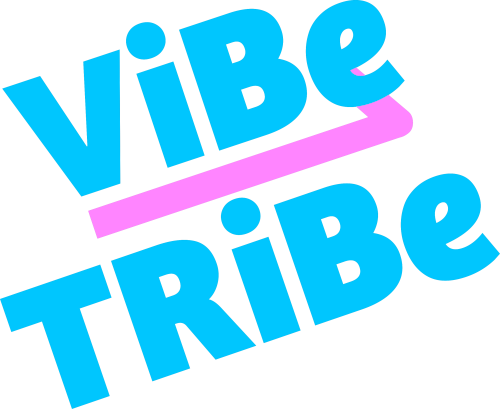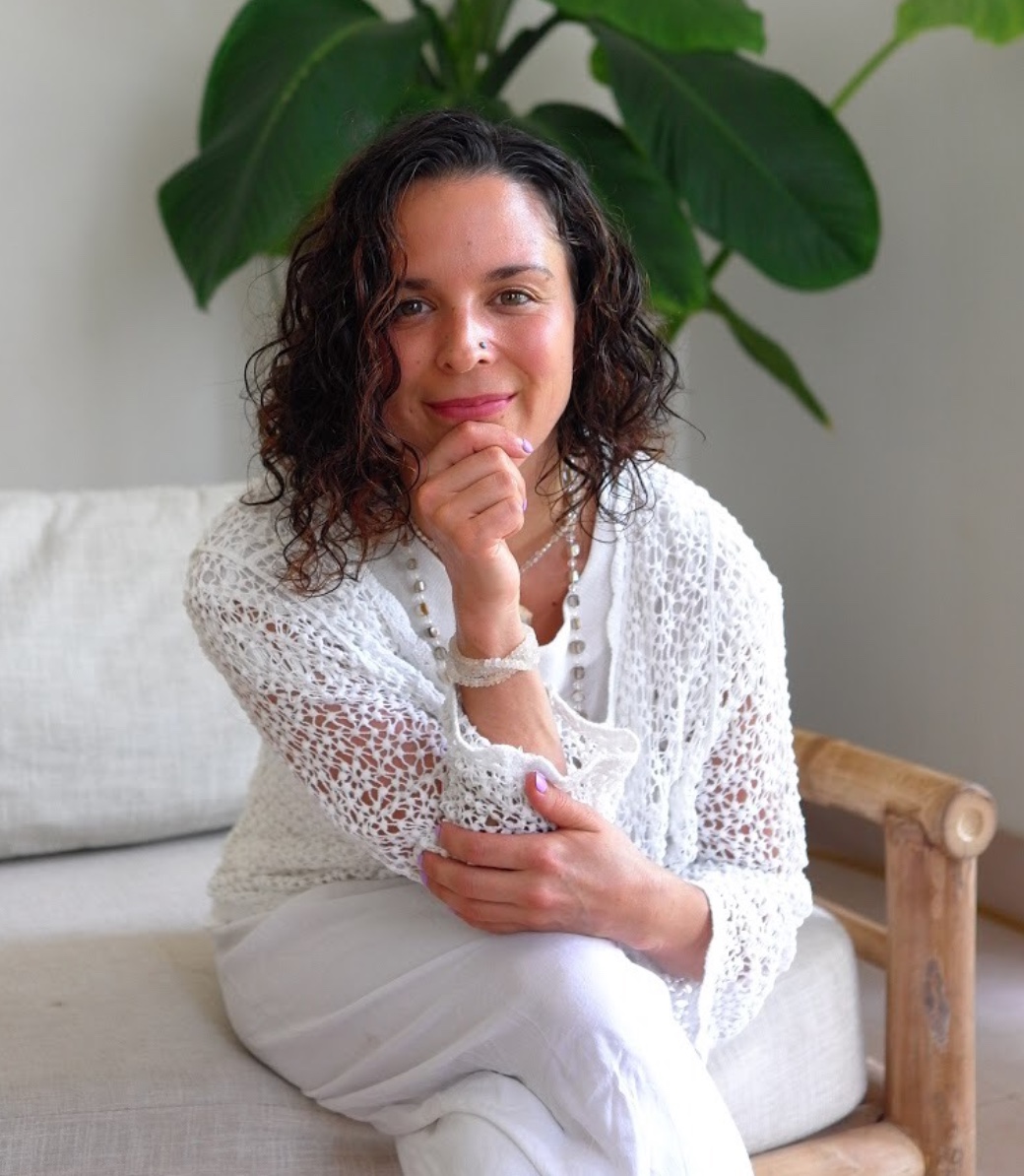In today’s fast-paced world, people are increasingly turning to holistic practices that reconnect the mind, body, and spirit. One of the most popular and intriguing forms of energy healing is Reiki, a practice that has been quietly growing around the world—and now features in a variety of wellness events, from yoga festivals to healing retreats.
Where Did Reiki Come From?
Reiki, pronounced ray-key, is a Japanese healing technique that was developed in the early 20th century by Mikao Usui. Usui's method draws from a combination of spiritual teachings, meditation, and ancient energy practices. The word "Reiki" is often translated as "universal life energy": rei (universal) and ki (life force energy).
While rooted in Japanese tradition, Reiki is not religious—it doesn’t require belief in any doctrine. It's a gentle yet powerful practice that’s now used across the globe in hospitals, clinics, spas, and reiki events.
How Does Reiki Work?
Reiki is based on the idea that we all have a natural flow of life force energy running through us. When this energy is blocked—by stress, trauma, emotional wounds, or even physical illness—we can feel depleted or off-balance.
During a Reiki session, a practitioner acts as a channel for this universal energy. With gentle hand placements on or above the body, they help restore harmony and encourage the body’s natural healing processes. Many recipients report feeling a deep sense of relaxation, warmth, or tingling sensations—some even experience emotional releases or insights.
What Happens in a Reiki Session?
A typical session lasts between 45 minutes to an hour. You’ll lie down fully clothed on a massage table or a comfortable surface, often accompanied by soft music or calming scents. The practitioner will move through a sequence of hand positions, each held for a few minutes.
There is no pressure, manipulation, or massage involved. In fact, many people find that a session feels like a warm bath for the soul. It’s especially popular at wellness events that focus on restoring balance to the mind, body, and spirit.
What Does the Science Say?
While Reiki is often categorized under complementary or alternative medicine, researchers have begun exploring its effects more seriously in recent years. A 2017 study published in the Journal of Evidence-Based Complementary & Alternative Medicine found that Reiki significantly reduced anxiety and pain in patients post-surgery.
"The data suggest that patients who received Reiki sessions showed significantly lower levels of pain and anxiety compared to those who didn’t," researchers reported.
Another study published in the journal *Cancer* (2012) found that Reiki helped cancer patients reduce fatigue and improve quality of life, especially when used in conjunction with traditional treatment.
While more rigorous studies are needed, these early results offer a fascinating look at how energy work might support the body’s healing abilities.
Benefits of Reiki
- Deep relaxation and stress relief
- Enhanced emotional clarity
- Support for physical healing and recovery
- Increased feelings of peace, compassion, and purpose
- Helpful during times of grief, change, or emotional trauma
People often describe a renewed sense of connection with their own intuition and inner wisdom—something that aligns perfectly with the goals of mind, body, spirit integration.
Is Reiki Safe?
Reiki is non-invasive and generally considered safe for people of all ages. It doesn’t interfere with medical treatments and is often used alongside conventional care to support recovery and reduce stress.
However, Reiki is not a substitute for medical diagnosis or treatment—it works best as a complementary practice, supporting the whole self.
Can You Learn Reiki?
Yes! Reiki is designed to be accessible. You don’t need to be “special” to channel energy—only open to learning. Practitioners go through a process called an attunement, given by a Reiki Master, which allows them to channel energy for themselves and others.
There are typically three levels:
- Level 1: Focuses on self-healing and practicing on friends or family
- Level 2: Introduces distance healing and Reiki symbols
- Level 3 (Master): For those who want to teach and attune others
Attending Reiki events or workshops is a great way to begin exploring if this path is right for you.
What Makes Reiki Unique?
Unlike some healing modalities, Reiki doesn’t require you to relive painful memories or go through intense emotional processing. It works gently, through presence and intention.
It’s also a profoundly empowering practice. Once you’ve received training, you can practice Reiki on yourself any time, offering a tool for regular self-care that fits naturally into the rhythm of daily life—something increasingly important in the modern wellness landscape.
How to Experience Reiki for Yourself
If you're curious, the best way to understand Reiki is to try it. Many reiki events now feature Reiki healing sessions, including circles, workshops, and private appointments. You can browse my upcoming Reiki events in your area and get a taste of the energy for yourself.
You might also enjoy this short video that explains Reiki’s core principles in a clear and beautiful way: Reiki: The Healing Touch
Summary
Reiki is a gentle yet powerful energy healing practice that supports deep relaxation, emotional release, and inner harmony. Whether you’re curious about improving your own well-being or just drawn to something deeper, Reiki offers a path toward greater alignment between the mind, body, and spirit.
Want to experience it firsthand? Explore our Reiki events or discover more wellness experiences designed to support your inner journey.


